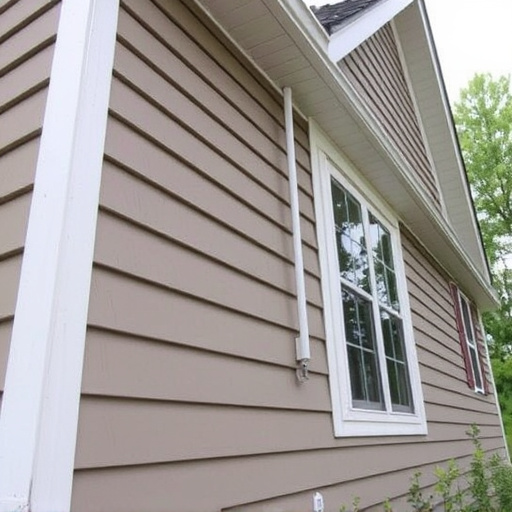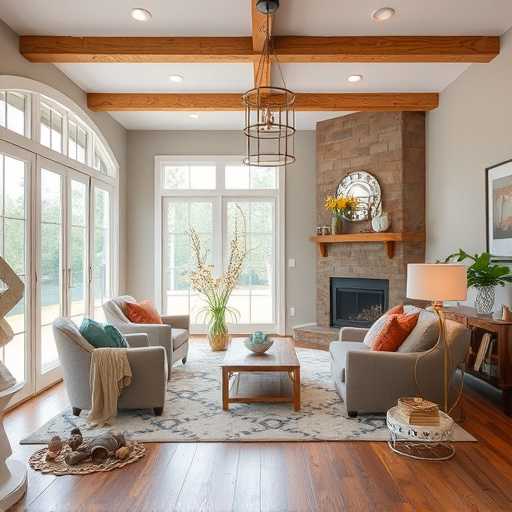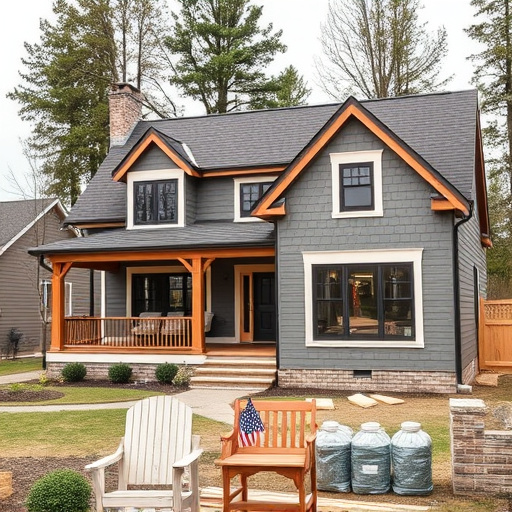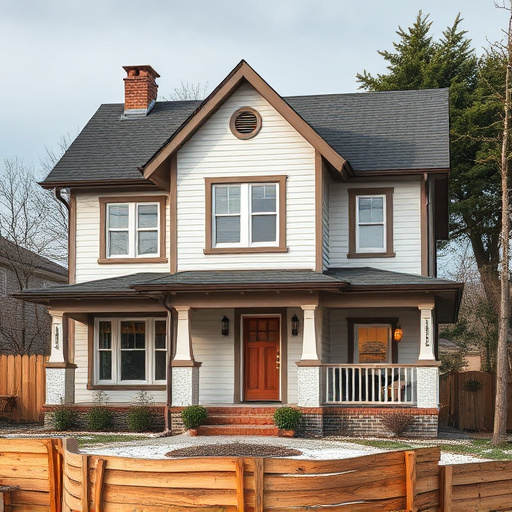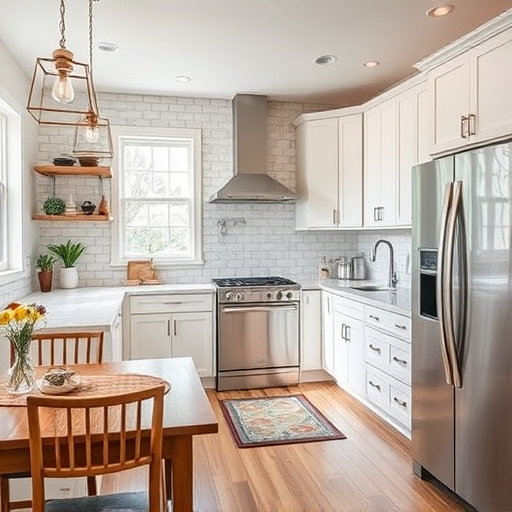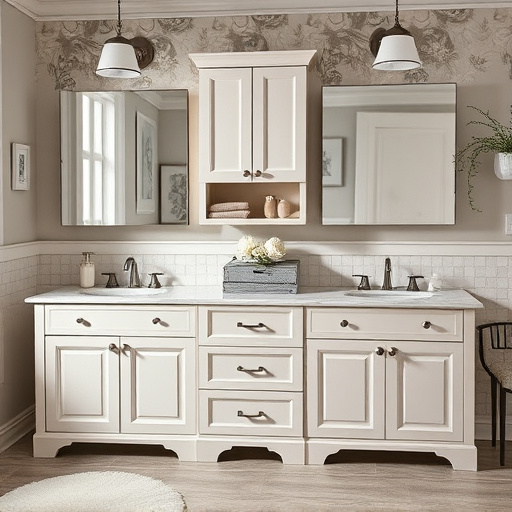Cabinet refacing is a cost-effective and time-saving home improvement solution for kitchens and bathrooms, transforming them without replacing structural components. By focusing on updating exterior elements like doors, drawers, hardware, and occasionally sides/tops with materials such as wood, vinyl, or laminates, it offers significant transformation while preserving the existing framework. This makes it an attractive alternative to full renovations, saving time and money for homeowners looking to enhance aesthetics and functionality without breaking the bank. The process involves assessing existing cabinets, precise measurements, removing old hardware, preparing surfaces, applying durable paint, installing new hardware, fitting doors back onto hinges, and final polishing/cleaning, resulting in sleek, functional spaces that enhance home aesthetics and renovations.
Looking to revamp your kitchen or bathroom without a complete remodel? Cabinet refacing offers a cost-effective solution. This comprehensive guide covers everything you need to know about transforming your cabinets’ look and feel. From understanding the basics and exploring benefits and types, to delving into the step-by-step process, this article is your one-stop resource for cabinet refacing. Discover how this smart renovation can breathe new life into your spaces.
- Understanding Cabinet Refacing: The Basics
- Benefits and Types of Cabinet Refacing
- The Refacing Process: A Step-by-Step Guide
Understanding Cabinet Refacing: The Basics
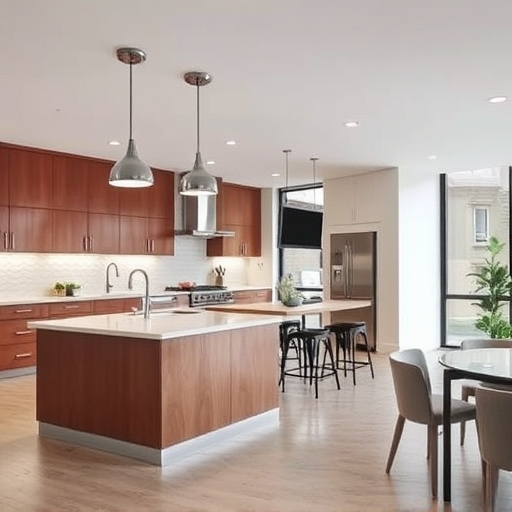
Cabinet refacing is a popular home improvement solution that involves updating the exterior of existing cabinets while keeping the internal structure intact. It’s an effective way to refresh your kitchen or bathroom, providing a new look and feel without the cost and disruption of a complete renovation. This process typically includes replacing cabinet doors, drawers, hardware, and sometimes even the sides and tops, with new materials like wood, vinyl, or laminates.
By choosing cabinet refacing over a full replacement, homeowners can save considerable time and money while still achieving a significant transformation. It’s ideal for those looking to enhance their space without starting from scratch, especially in multiple room remodel projects or residential renovations where aesthetics matter as much as functionality.
Benefits and Types of Cabinet Refacing
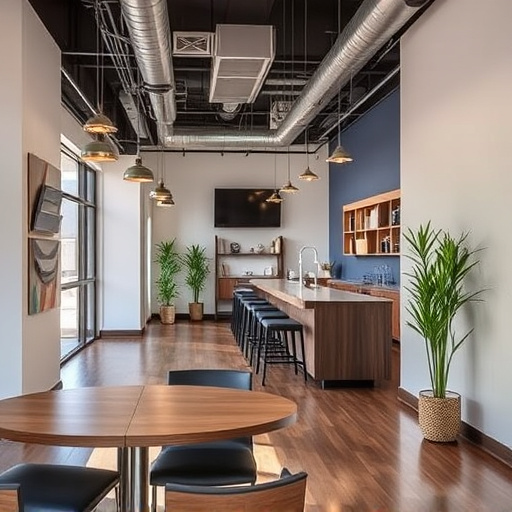
Cabinet refacing is a cost-effective way to transform your kitchen or bathroom, offering numerous benefits for homeowners looking to refresh their living spaces. One of the primary advantages is that it allows you to keep your existing cabinets while giving them a new look and feel. This process involves replacing only the visible parts, such as doors, drawers, and hardware, which can save significant time and money compared to a complete cabinet replacement or a major bathroom remodel.
There are several types of cabinet refacing techniques available, each catering to different preferences and budgets. One popular method is face-lifting, where new doors and drawer fronts are installed, giving cabinets a sleek and modern appearance. Another option is refinishing, which involves sanding down the old finish, repairing any damage, and then applying a fresh coat of paint or stain. For those seeking a more dramatic change, replacing cabinet hardware with stylish new knobs and pulls can instantly elevate the overall design. Whether it’s a minor touch-up or a complete makeover, cabinet refacing offers flexibility in creating functional and aesthetically pleasing spaces without breaking the bank, ensuring your home remains a sanctuary of comfort and style.
The Refacing Process: A Step-by-Step Guide
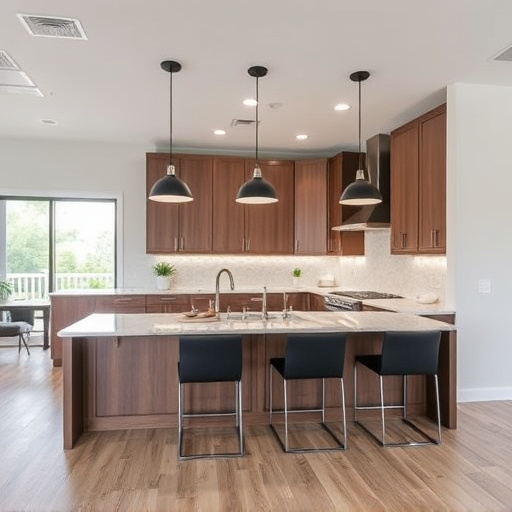
The cabinet refacing process involves several key steps, transforming your outdated cabinets into sleek and modern ones. It begins with a thorough evaluation of your existing cabinets to determine their condition and assess the scope of work required. Next, an experienced contractor takes precise measurements to ensure new cabinets fit perfectly. This is followed by removing old hardware and doors, demounting the cabinet boxes, and preparing surfaces for renewal.
The heart of the process involves applying a durable undercoat and topcoats, often utilizing advanced techniques like spraying or roller application. This step significantly impacts the final look and longevity of your cabinets. Once the paint is dry, new hardware is installed, and doors are fitted back onto their hinges. The final touch includes polishing and cleaning to ensure a smooth, functional space that enhances your home’s aesthetics and residential renovations.
Cabinet refacing is a transformative process that can breathe new life into your kitchen or bathroom. By understanding the basics, exploring benefits and types, and knowing the step-by-step guide, you’re now equipped to make an informed decision about this cost-effective and eco-friendly renovation option. Embrace the art of cabinet refacing to enhance your living spaces and enjoy a fresh, modern look without the hassle and expense of a complete remodel.

